The “
Hanoi Flagpole” is located on Dien Bien Phu Street, Ba Dinh District, Hanoi, built in 1812, under the reign of King Gia Long of the Nguyen Dynasty on the southern part of the Imperial Citadel of Thang Long, where the Tam Mon citadel of the Imperial Citadel of Thang Long under the Le Dynasty was built. This is the reference point, marking the beginning at the southern end of the central axis of the citadel, from here following the “fishing road”, through Doan Mon and then to the most important point, the central point of the Imperial Citadel, Kinh Thien Palace.
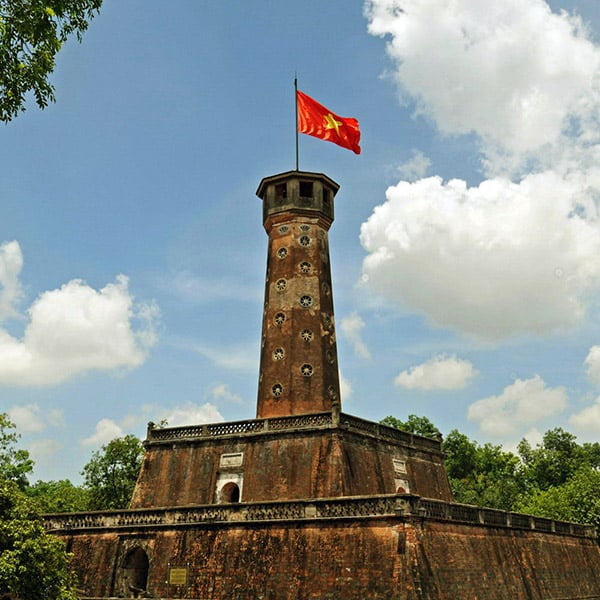
The Hanoi Flag Tower is now the most intact and magnificent structure in the Thang Long Imperial Citadel relic complex. The Flag Tower was built with three bases and a column body. The bases are square pyramids, gradually smaller, overlapping each other, and are surrounded by brick-covered walls. The first floor is 42.5m long on each side; 3.1m high with two brick stairs leading up. The second floor, 27m long on each side; 3.7m high, has four doors, the East door has the two words "Nghenh Huc" (welcoming the morning light), the West door has the two words "Hoi Quang" (reflected light), the South door has the two words "Huong Minh" (facing the light), the North door has no inscription. The third floor, 12.8m long on each side; 5.1m high, has a door leading to a staircase facing North. On this floor is the Flag Tower body, 18.2m high; an octagonal cylinder, tapering upwards, each base side is about 2m long. Inside the body there is a spiral staircase of 54 steps leading to the top. The whole is illuminated (and ventilated) by 39 fan-shaped holes. The top of the Flagpole is made into an octagonal pavilion, 3.3m high with 8 windows corresponding to the eight sides. In the middle of the pavilion is a round cylinder, 40cm in diameter, reaching to the top of the pavilion, where the flagpole is placed (the flagpole is 8m high). The entire Flagpole is 33.4m high, including the flagpole, it is 41.4m high.
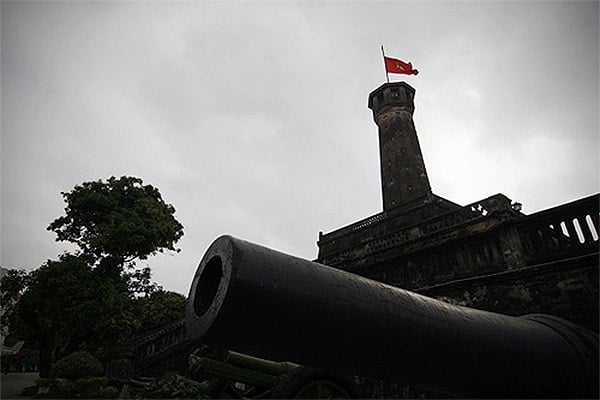
“Hanoi Flag Tower” is one of the few architectural works in the Hanoi citadel area that was lucky to escape the destruction carried out by the French colonial government in the three years 1894-1897. On October 10, 1954, for the first time, the red flag with a yellow star - the national flag - flew on top of the “Hanoi Flag Tower” and was recognized as a historical relic in 1989. On October 10, 1954, the whole of Hanoi was jubilantly excited to welcome the great festival, the Victory Day, the Capital Hanoi was completely liberated. The whole of Hanoi gathered at the “Hanoi Flag Tower” to wait for the historic moment: the ceremony of raising the national flag on top of the “Hanoi Flag Tower”. At exactly 3:00 p.m. on October 10, 1954, the City Theater's siren sounded a long blast. The military band played the National Anthem under the direction of comrade Dinh Ngoc Lien. The national flag was raised slowly to the rhythm of the march. For the first time, the red flag with a yellow star - the national flag flew on top of the "Hanoi Flag Tower". Since its construction, the "Hanoi Flag Tower" has been nearly two hundred years old. When the Democratic Republic of Vietnam was born, the image of the "Hanoi Flag Tower" was solemnly printed on the first issued currency of the State Bank of Vietnam. For more than half a century, mounted on top of the "Hanoi Flag Tower" is the red flag with a five-pointed yellow star flying high in the sky of the thousand-year-old capital Thang Long-Hanoi, forever a symbol of glory, a pride of the nation, of the independent and free Vietnam. According to research documents, since 1986, a red flag with a yellow star measuring 24 square meters has always flown on the Hanoi Flag Tower. Today's Hanoi Flag Tower is located on
Dien Bien Phu Street, with ancient mahogany trees growing around it and a lush longan garden at its foot.
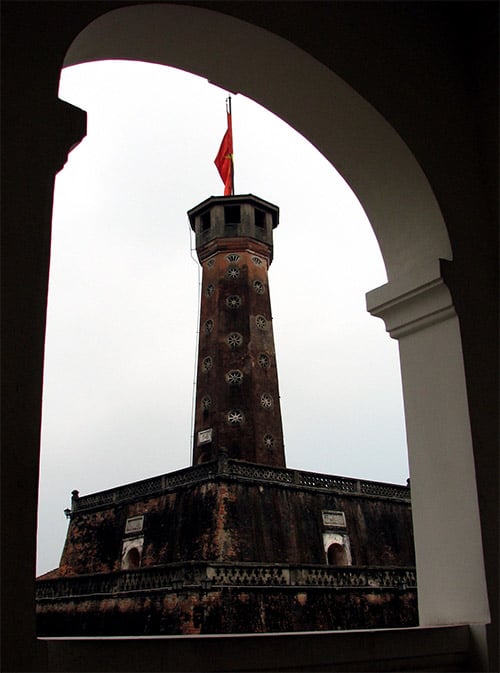
According to some research documents, in a photo taken in 1890 by Louis Sadoul, a French military medical officer, the Lenin Monument flower garden area at the foot of the flagpole is now the Elephant Lake because it was the place where the Nguyen Dynasty's royal court bathed elephants. The rows of ancient trees today had not yet been planted. In the photo, it can be seen that the French army had built semi-permanent barracks on the walls of the Flagpole to station troops. Also during this period, the Hanoi Flagpole was also used by the French army as an observation post. During the American war of destruction, the Flagpole was also an observation post for the Hanoi air defense troops. At that time, from the top of the Flagpole, one could see both Hanoi and the suburbs. What is special is that on the hottest days in Hanoi, the temperature inside the Flagpole is always cool as if there was an air conditioner. The structure of the doors in and out of the Flagpole is so
scientific that no matter how heavy the rain is, water does not flow into the tower. Source: https://hoangthanhthanglong.vn/blog/2013/08/22/cot-co-ha-noi/
 The Hanoi Flag Tower is now the most intact and magnificent structure in the Thang Long Imperial Citadel relic complex. The Flag Tower was built with three bases and a column body. The bases are square pyramids, gradually smaller, overlapping each other, and are surrounded by brick-covered walls. The first floor is 42.5m long on each side; 3.1m high with two brick stairs leading up. The second floor, 27m long on each side; 3.7m high, has four doors, the East door has the two words "Nghenh Huc" (welcoming the morning light), the West door has the two words "Hoi Quang" (reflected light), the South door has the two words "Huong Minh" (facing the light), the North door has no inscription. The third floor, 12.8m long on each side; 5.1m high, has a door leading to a staircase facing North. On this floor is the Flag Tower body, 18.2m high; an octagonal cylinder, tapering upwards, each base side is about 2m long. Inside the body there is a spiral staircase of 54 steps leading to the top. The whole is illuminated (and ventilated) by 39 fan-shaped holes. The top of the Flagpole is made into an octagonal pavilion, 3.3m high with 8 windows corresponding to the eight sides. In the middle of the pavilion is a round cylinder, 40cm in diameter, reaching to the top of the pavilion, where the flagpole is placed (the flagpole is 8m high). The entire Flagpole is 33.4m high, including the flagpole, it is 41.4m high.
The Hanoi Flag Tower is now the most intact and magnificent structure in the Thang Long Imperial Citadel relic complex. The Flag Tower was built with three bases and a column body. The bases are square pyramids, gradually smaller, overlapping each other, and are surrounded by brick-covered walls. The first floor is 42.5m long on each side; 3.1m high with two brick stairs leading up. The second floor, 27m long on each side; 3.7m high, has four doors, the East door has the two words "Nghenh Huc" (welcoming the morning light), the West door has the two words "Hoi Quang" (reflected light), the South door has the two words "Huong Minh" (facing the light), the North door has no inscription. The third floor, 12.8m long on each side; 5.1m high, has a door leading to a staircase facing North. On this floor is the Flag Tower body, 18.2m high; an octagonal cylinder, tapering upwards, each base side is about 2m long. Inside the body there is a spiral staircase of 54 steps leading to the top. The whole is illuminated (and ventilated) by 39 fan-shaped holes. The top of the Flagpole is made into an octagonal pavilion, 3.3m high with 8 windows corresponding to the eight sides. In the middle of the pavilion is a round cylinder, 40cm in diameter, reaching to the top of the pavilion, where the flagpole is placed (the flagpole is 8m high). The entire Flagpole is 33.4m high, including the flagpole, it is 41.4m high.  “Hanoi Flag Tower” is one of the few architectural works in the Hanoi citadel area that was lucky to escape the destruction carried out by the French colonial government in the three years 1894-1897. On October 10, 1954, for the first time, the red flag with a yellow star - the national flag - flew on top of the “Hanoi Flag Tower” and was recognized as a historical relic in 1989. On October 10, 1954, the whole of Hanoi was jubilantly excited to welcome the great festival, the Victory Day, the Capital Hanoi was completely liberated. The whole of Hanoi gathered at the “Hanoi Flag Tower” to wait for the historic moment: the ceremony of raising the national flag on top of the “Hanoi Flag Tower”. At exactly 3:00 p.m. on October 10, 1954, the City Theater's siren sounded a long blast. The military band played the National Anthem under the direction of comrade Dinh Ngoc Lien. The national flag was raised slowly to the rhythm of the march. For the first time, the red flag with a yellow star - the national flag flew on top of the "Hanoi Flag Tower". Since its construction, the "Hanoi Flag Tower" has been nearly two hundred years old. When the Democratic Republic of Vietnam was born, the image of the "Hanoi Flag Tower" was solemnly printed on the first issued currency of the State Bank of Vietnam. For more than half a century, mounted on top of the "Hanoi Flag Tower" is the red flag with a five-pointed yellow star flying high in the sky of the thousand-year-old capital Thang Long-Hanoi, forever a symbol of glory, a pride of the nation, of the independent and free Vietnam. According to research documents, since 1986, a red flag with a yellow star measuring 24 square meters has always flown on the Hanoi Flag Tower. Today's Hanoi Flag Tower is located on Dien Bien Phu Street, with ancient mahogany trees growing around it and a lush longan garden at its foot.
“Hanoi Flag Tower” is one of the few architectural works in the Hanoi citadel area that was lucky to escape the destruction carried out by the French colonial government in the three years 1894-1897. On October 10, 1954, for the first time, the red flag with a yellow star - the national flag - flew on top of the “Hanoi Flag Tower” and was recognized as a historical relic in 1989. On October 10, 1954, the whole of Hanoi was jubilantly excited to welcome the great festival, the Victory Day, the Capital Hanoi was completely liberated. The whole of Hanoi gathered at the “Hanoi Flag Tower” to wait for the historic moment: the ceremony of raising the national flag on top of the “Hanoi Flag Tower”. At exactly 3:00 p.m. on October 10, 1954, the City Theater's siren sounded a long blast. The military band played the National Anthem under the direction of comrade Dinh Ngoc Lien. The national flag was raised slowly to the rhythm of the march. For the first time, the red flag with a yellow star - the national flag flew on top of the "Hanoi Flag Tower". Since its construction, the "Hanoi Flag Tower" has been nearly two hundred years old. When the Democratic Republic of Vietnam was born, the image of the "Hanoi Flag Tower" was solemnly printed on the first issued currency of the State Bank of Vietnam. For more than half a century, mounted on top of the "Hanoi Flag Tower" is the red flag with a five-pointed yellow star flying high in the sky of the thousand-year-old capital Thang Long-Hanoi, forever a symbol of glory, a pride of the nation, of the independent and free Vietnam. According to research documents, since 1986, a red flag with a yellow star measuring 24 square meters has always flown on the Hanoi Flag Tower. Today's Hanoi Flag Tower is located on Dien Bien Phu Street, with ancient mahogany trees growing around it and a lush longan garden at its foot.  According to some research documents, in a photo taken in 1890 by Louis Sadoul, a French military medical officer, the Lenin Monument flower garden area at the foot of the flagpole is now the Elephant Lake because it was the place where the Nguyen Dynasty's royal court bathed elephants. The rows of ancient trees today had not yet been planted. In the photo, it can be seen that the French army had built semi-permanent barracks on the walls of the Flagpole to station troops. Also during this period, the Hanoi Flagpole was also used by the French army as an observation post. During the American war of destruction, the Flagpole was also an observation post for the Hanoi air defense troops. At that time, from the top of the Flagpole, one could see both Hanoi and the suburbs. What is special is that on the hottest days in Hanoi, the temperature inside the Flagpole is always cool as if there was an air conditioner. The structure of the doors in and out of the Flagpole is so scientific that no matter how heavy the rain is, water does not flow into the tower. Source: https://hoangthanhthanglong.vn/blog/2013/08/22/cot-co-ha-noi/
According to some research documents, in a photo taken in 1890 by Louis Sadoul, a French military medical officer, the Lenin Monument flower garden area at the foot of the flagpole is now the Elephant Lake because it was the place where the Nguyen Dynasty's royal court bathed elephants. The rows of ancient trees today had not yet been planted. In the photo, it can be seen that the French army had built semi-permanent barracks on the walls of the Flagpole to station troops. Also during this period, the Hanoi Flagpole was also used by the French army as an observation post. During the American war of destruction, the Flagpole was also an observation post for the Hanoi air defense troops. At that time, from the top of the Flagpole, one could see both Hanoi and the suburbs. What is special is that on the hottest days in Hanoi, the temperature inside the Flagpole is always cool as if there was an air conditioner. The structure of the doors in and out of the Flagpole is so scientific that no matter how heavy the rain is, water does not flow into the tower. Source: https://hoangthanhthanglong.vn/blog/2013/08/22/cot-co-ha-noi/

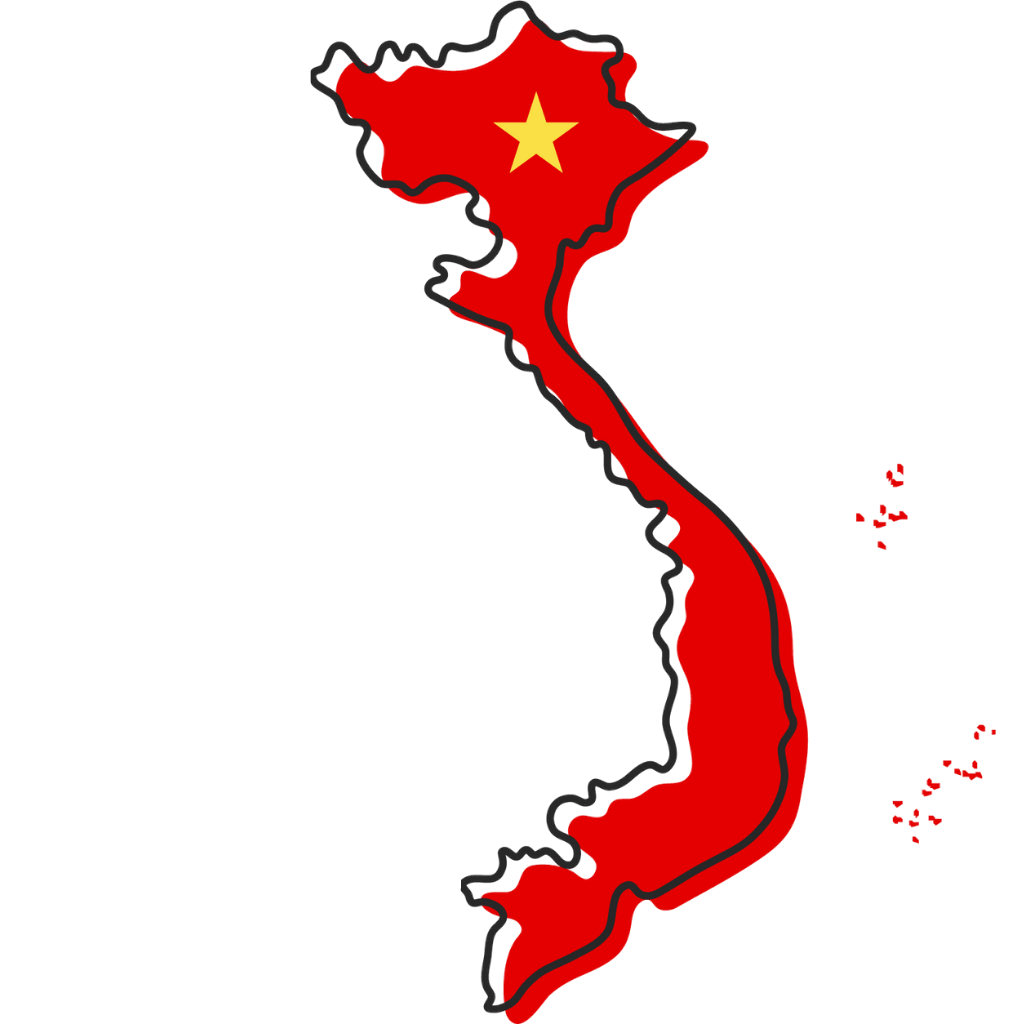





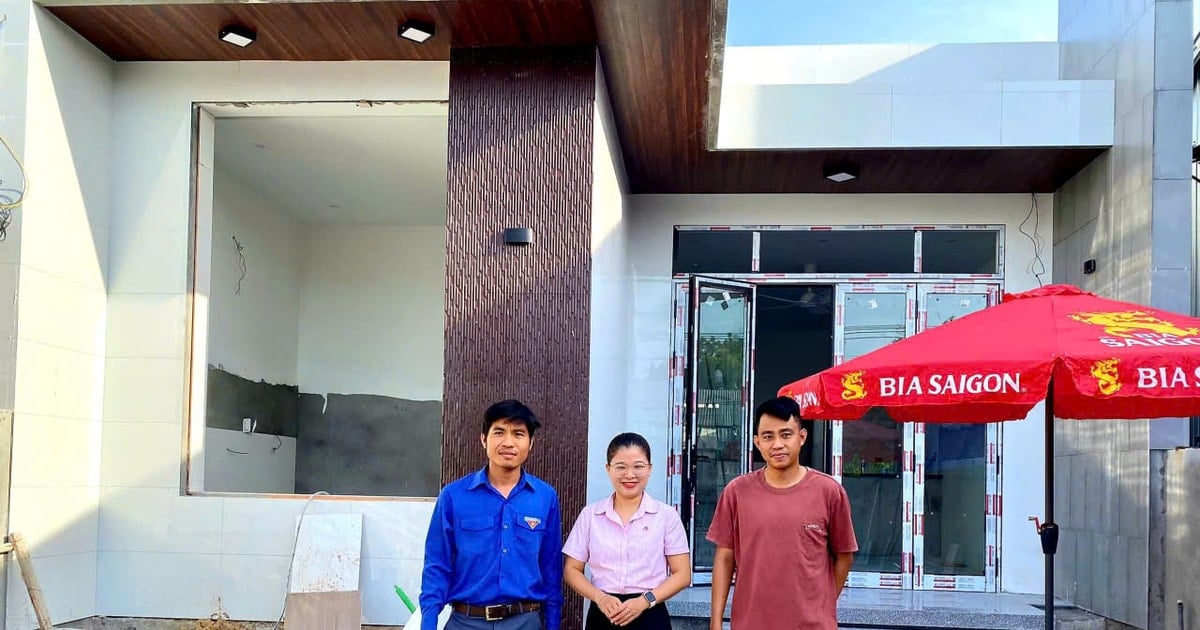
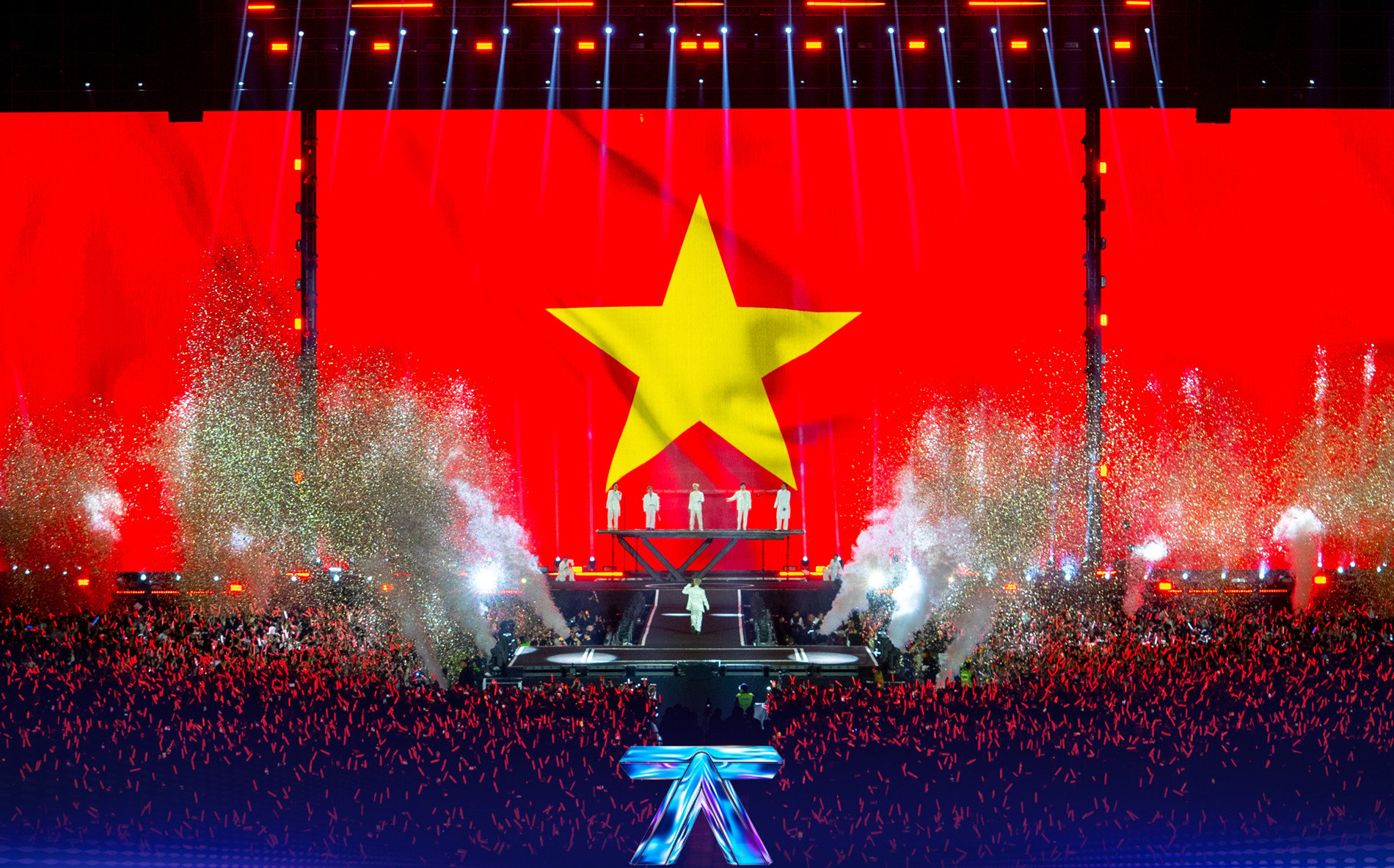
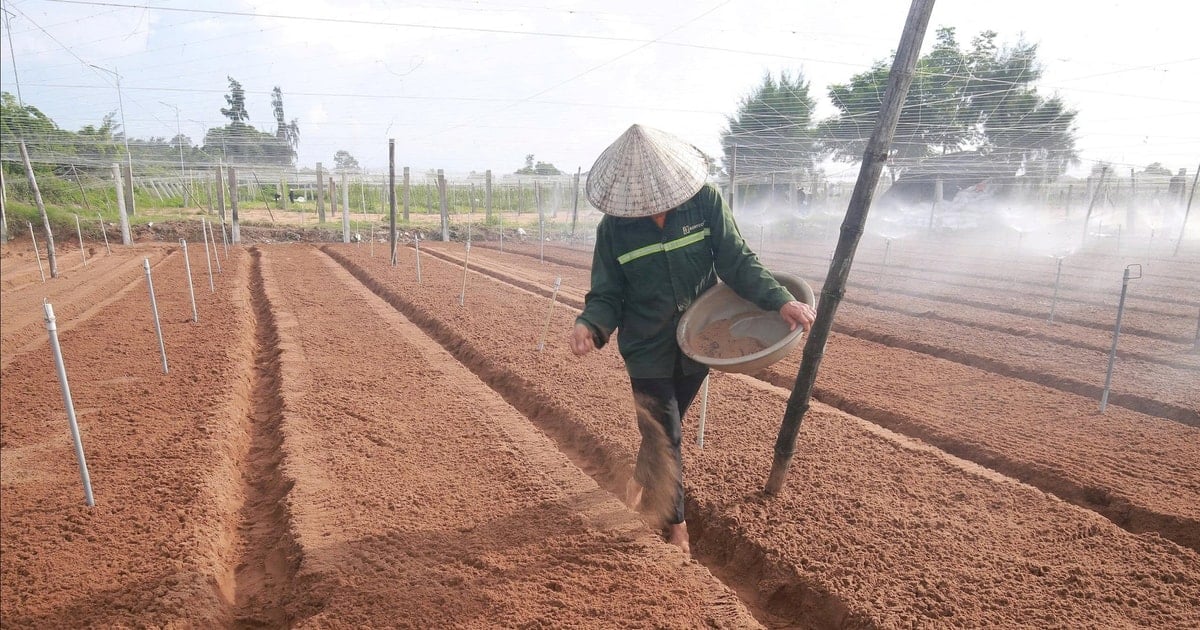





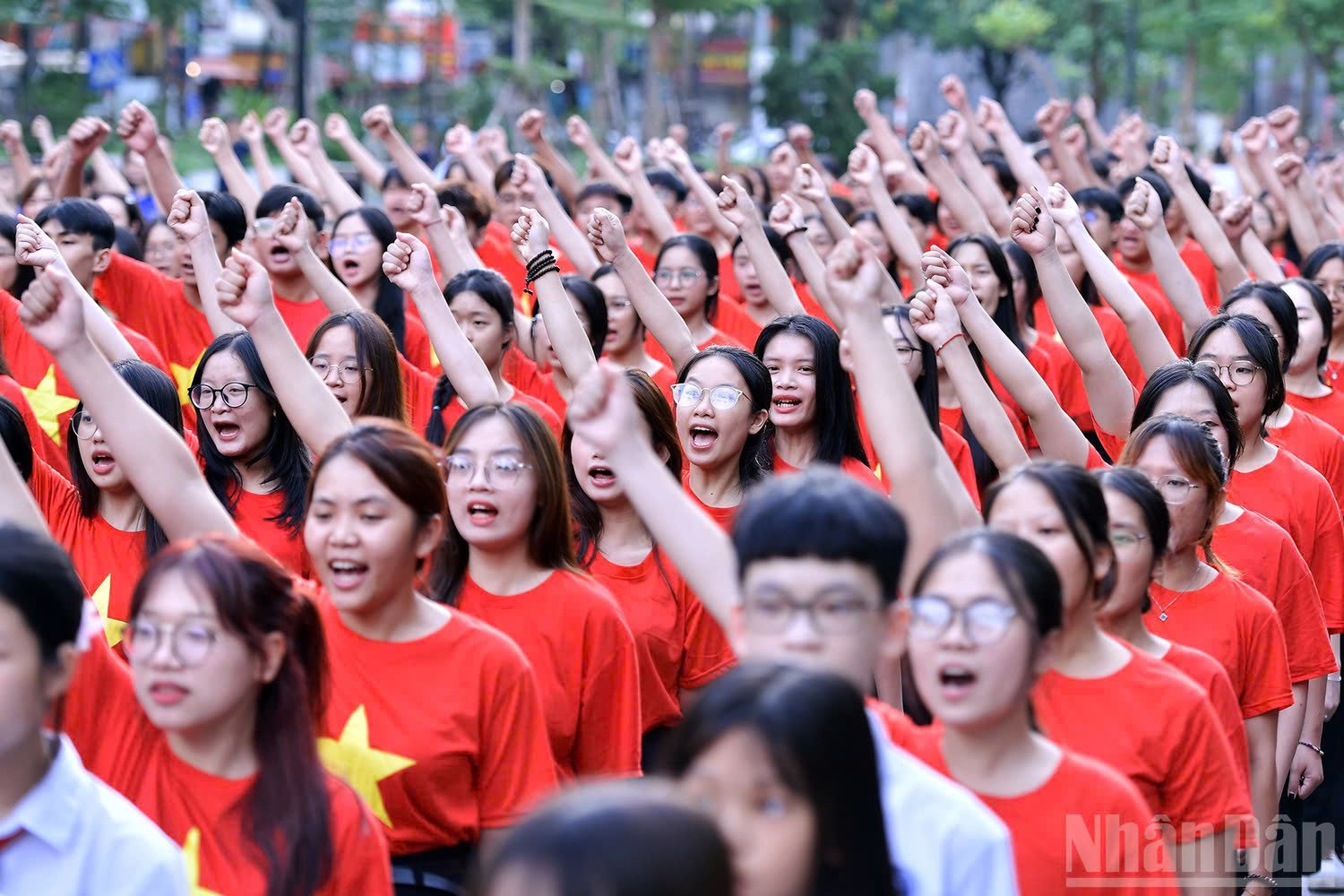


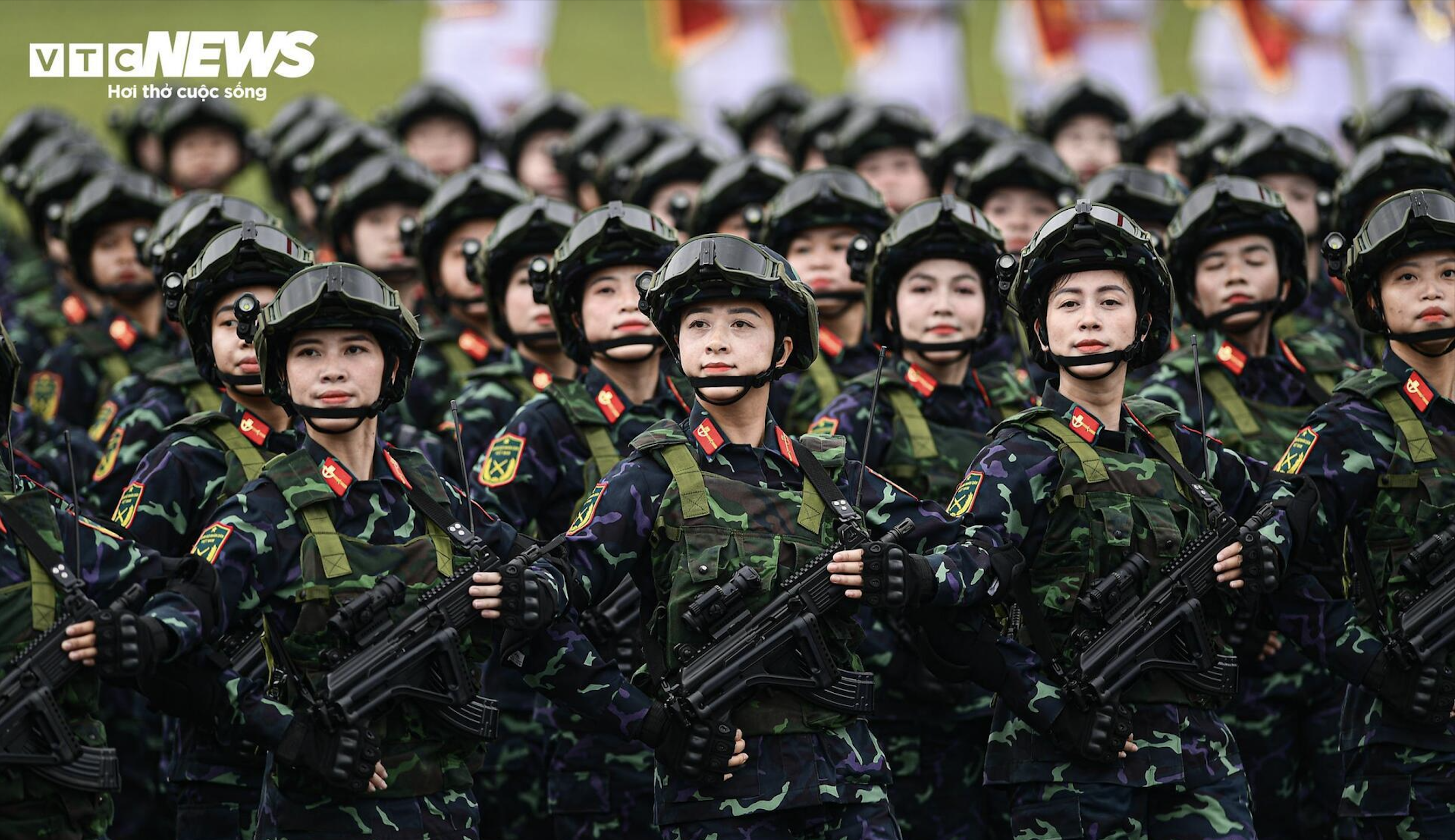



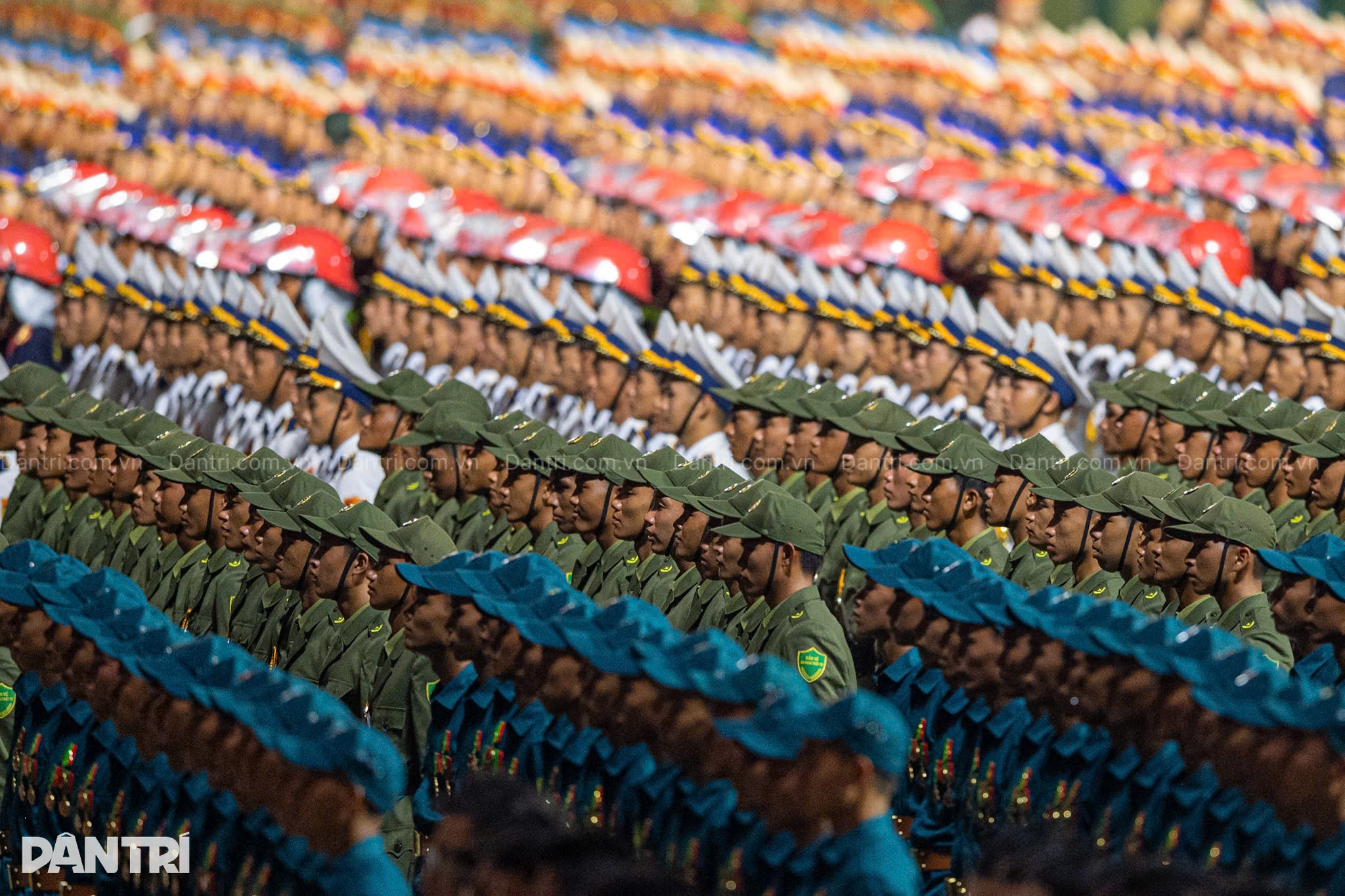



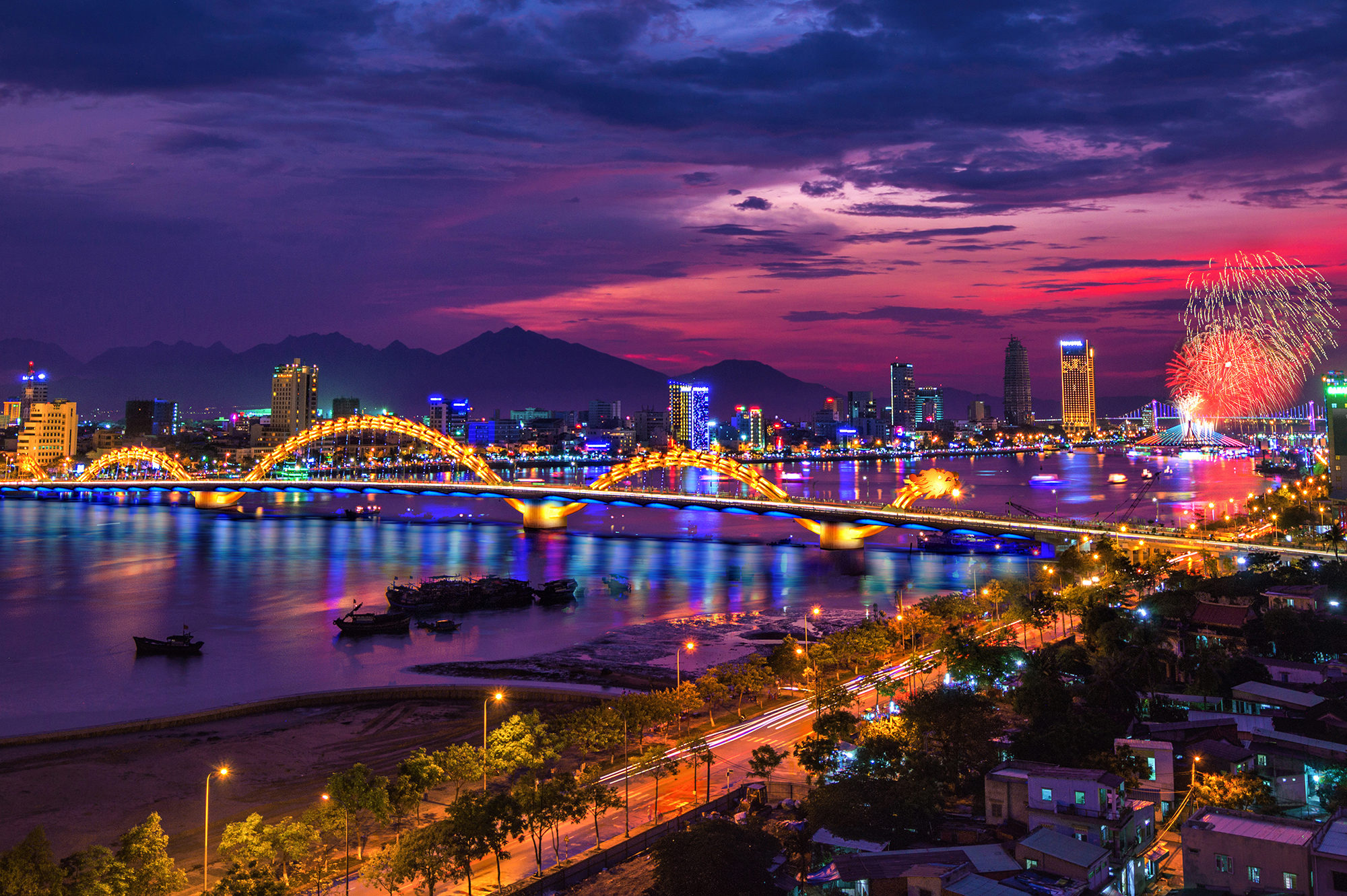


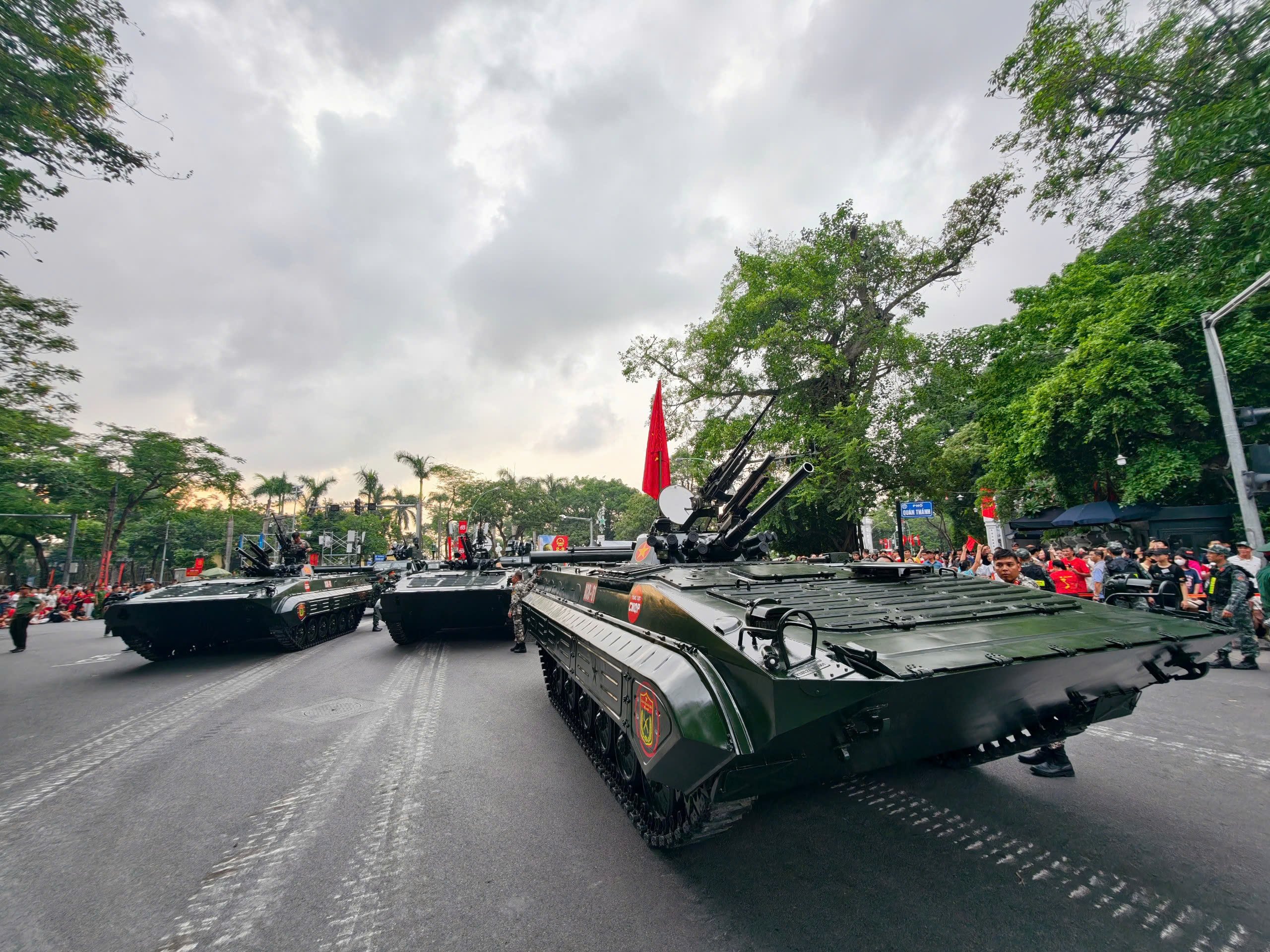
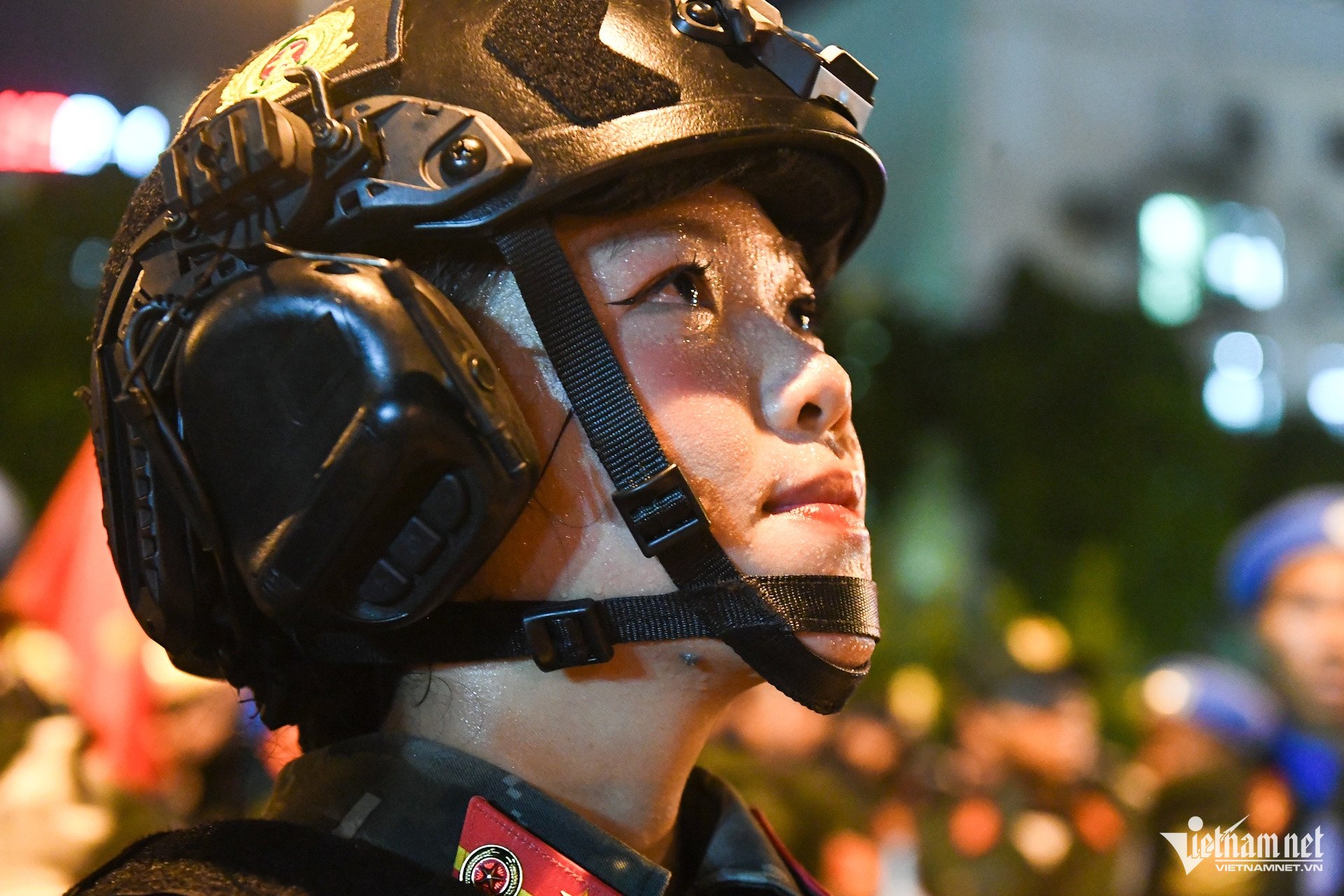
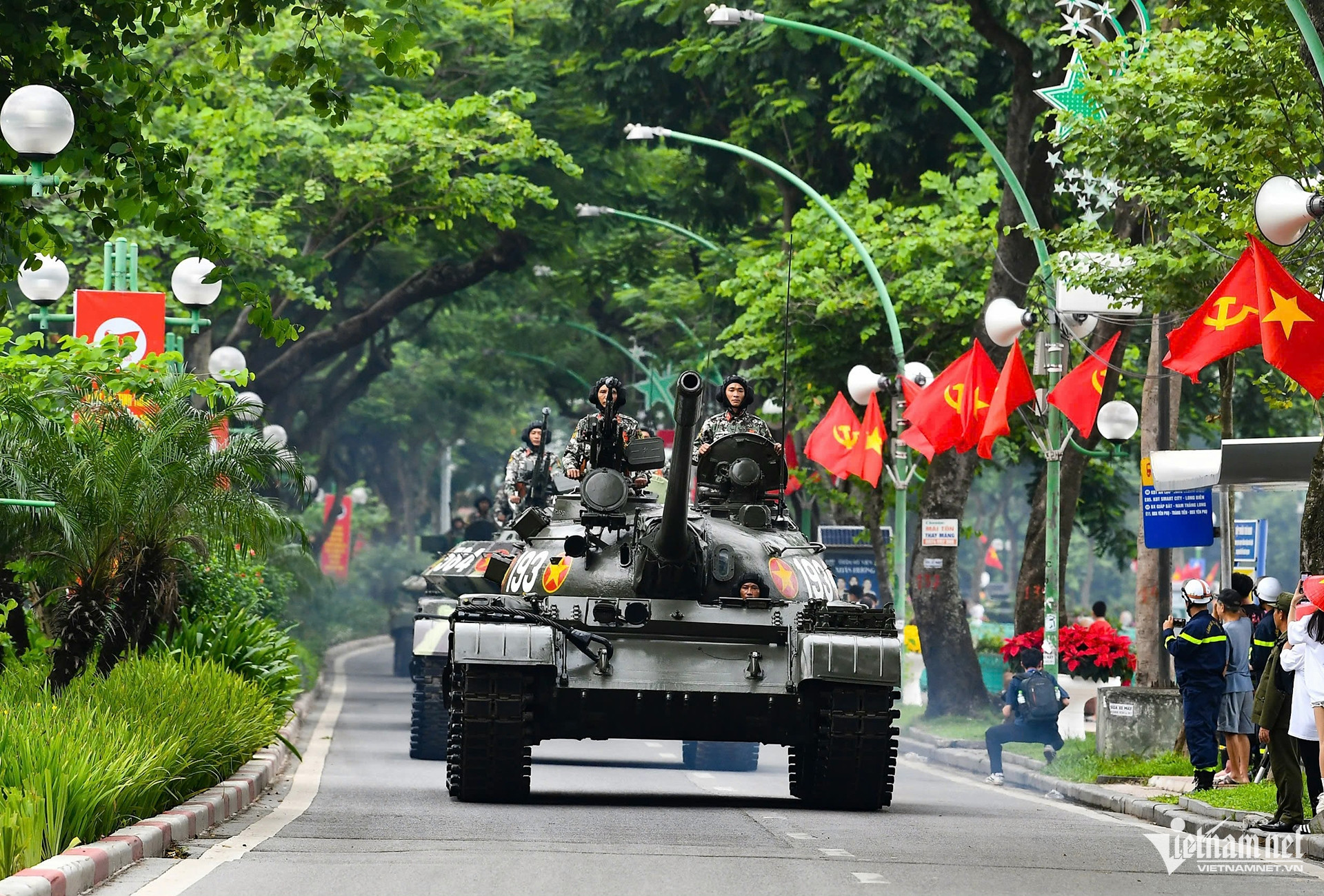





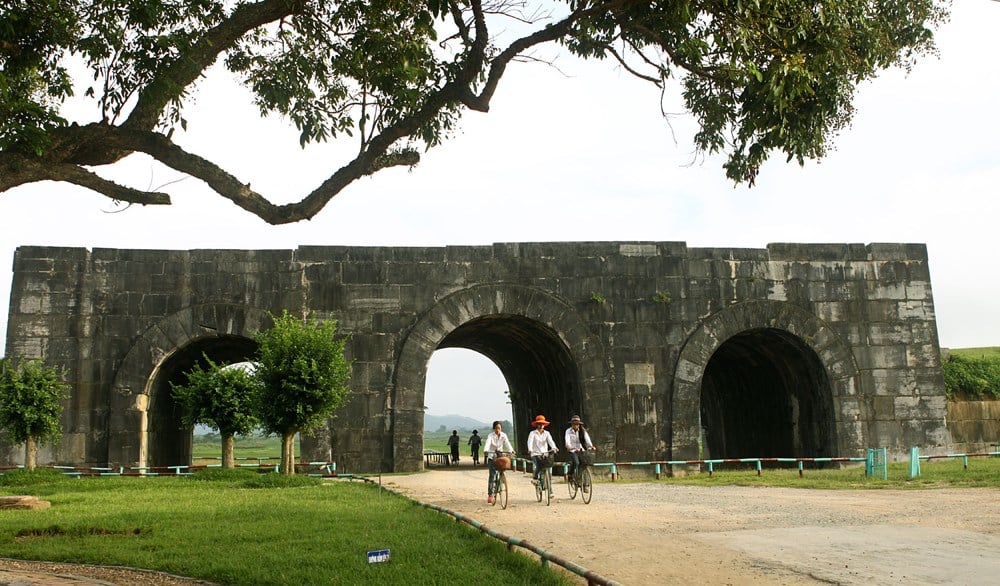

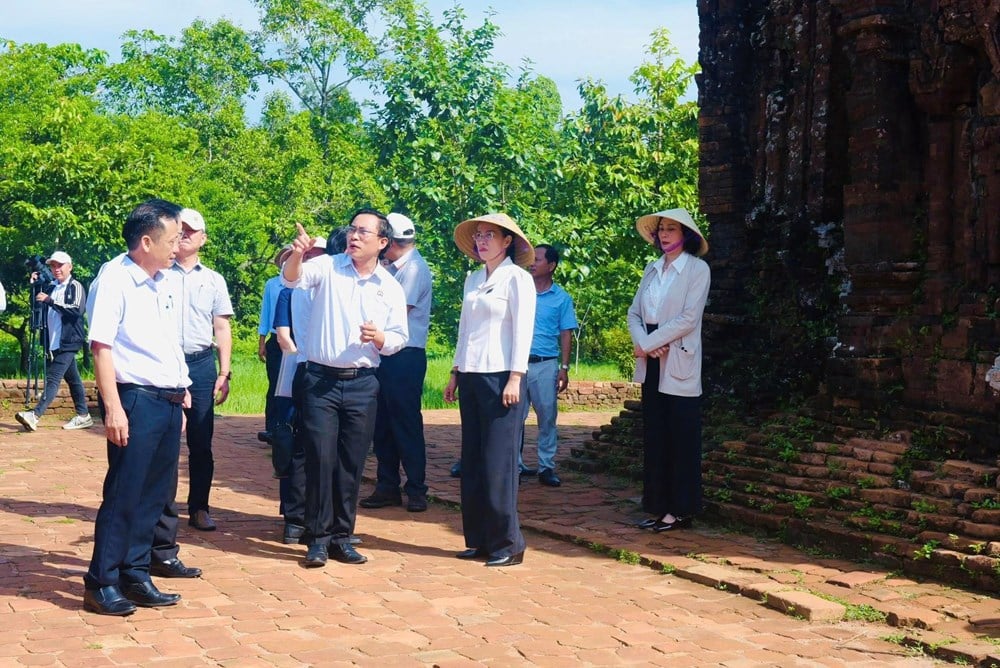




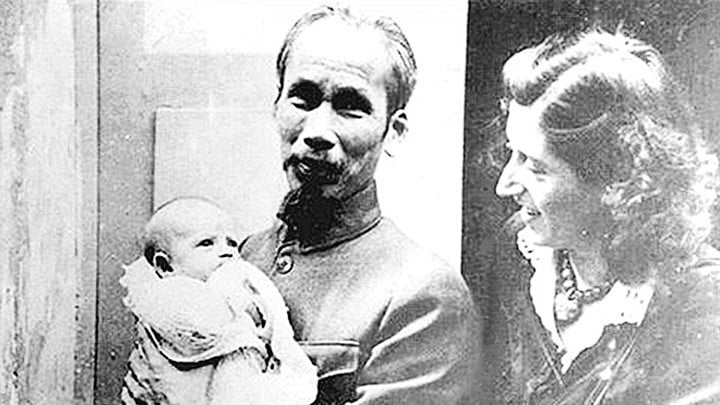






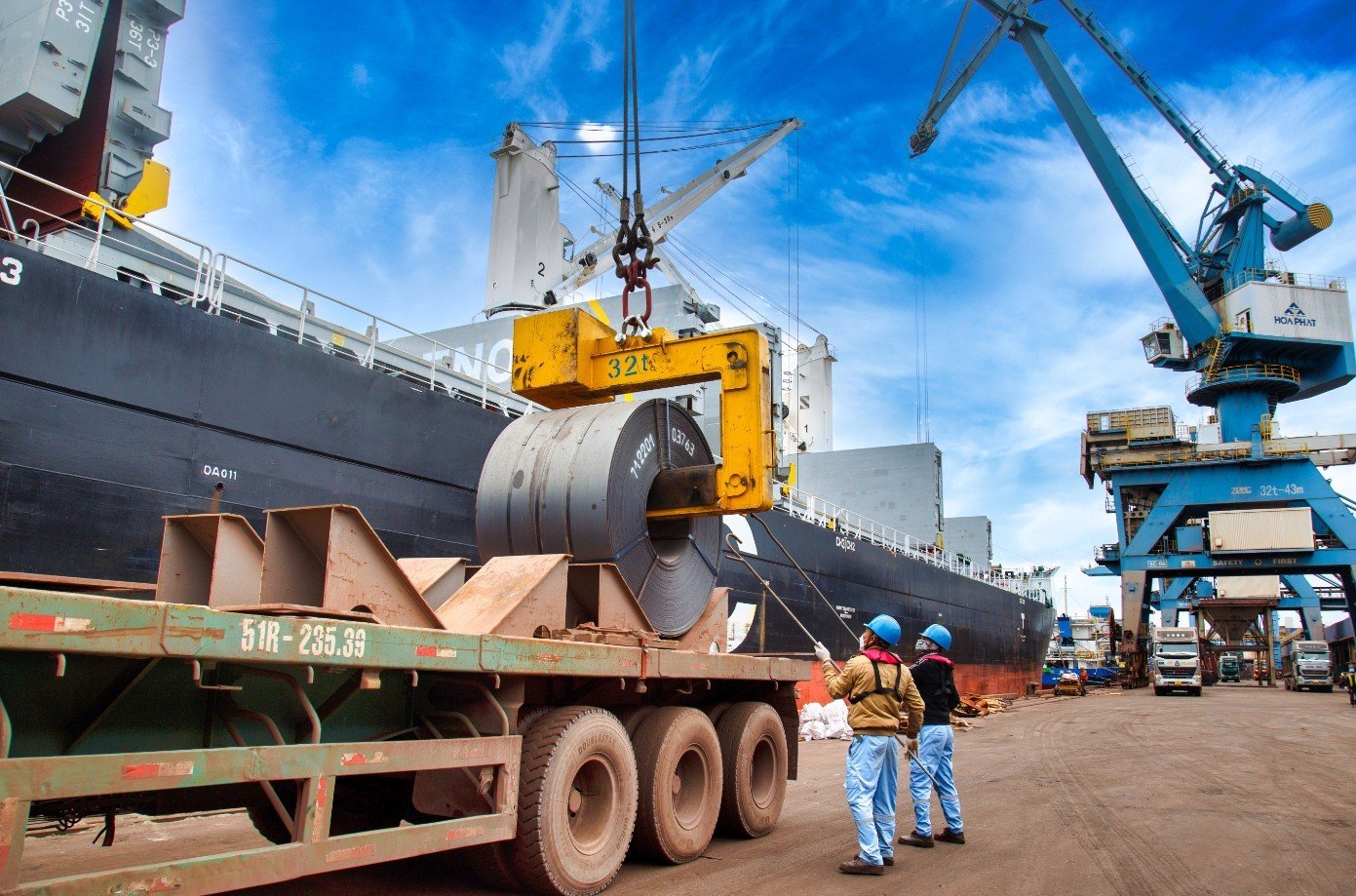







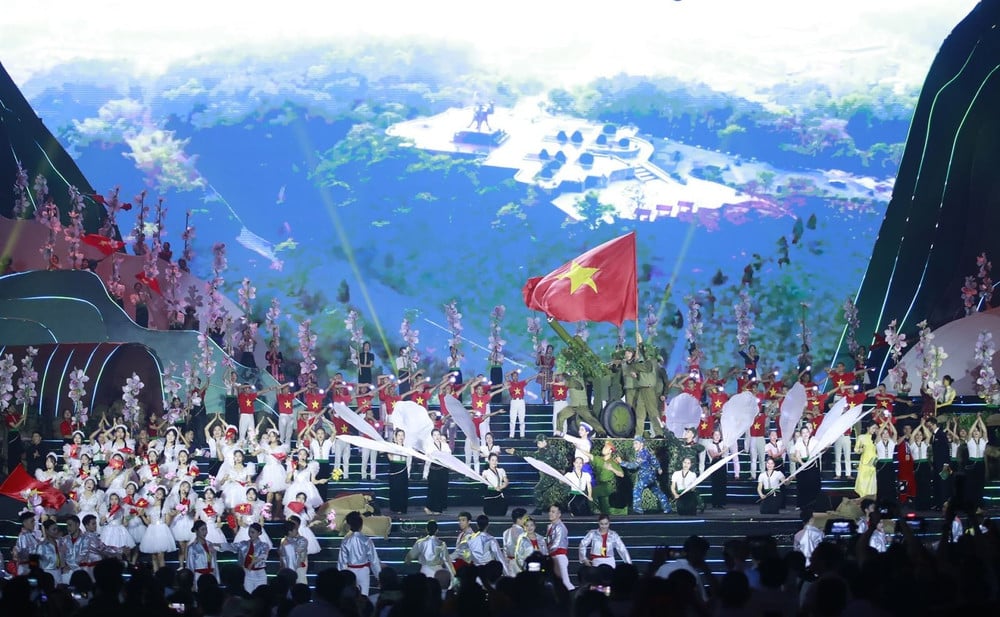


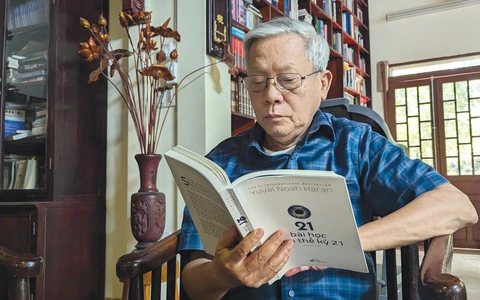
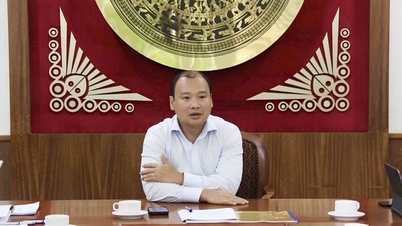

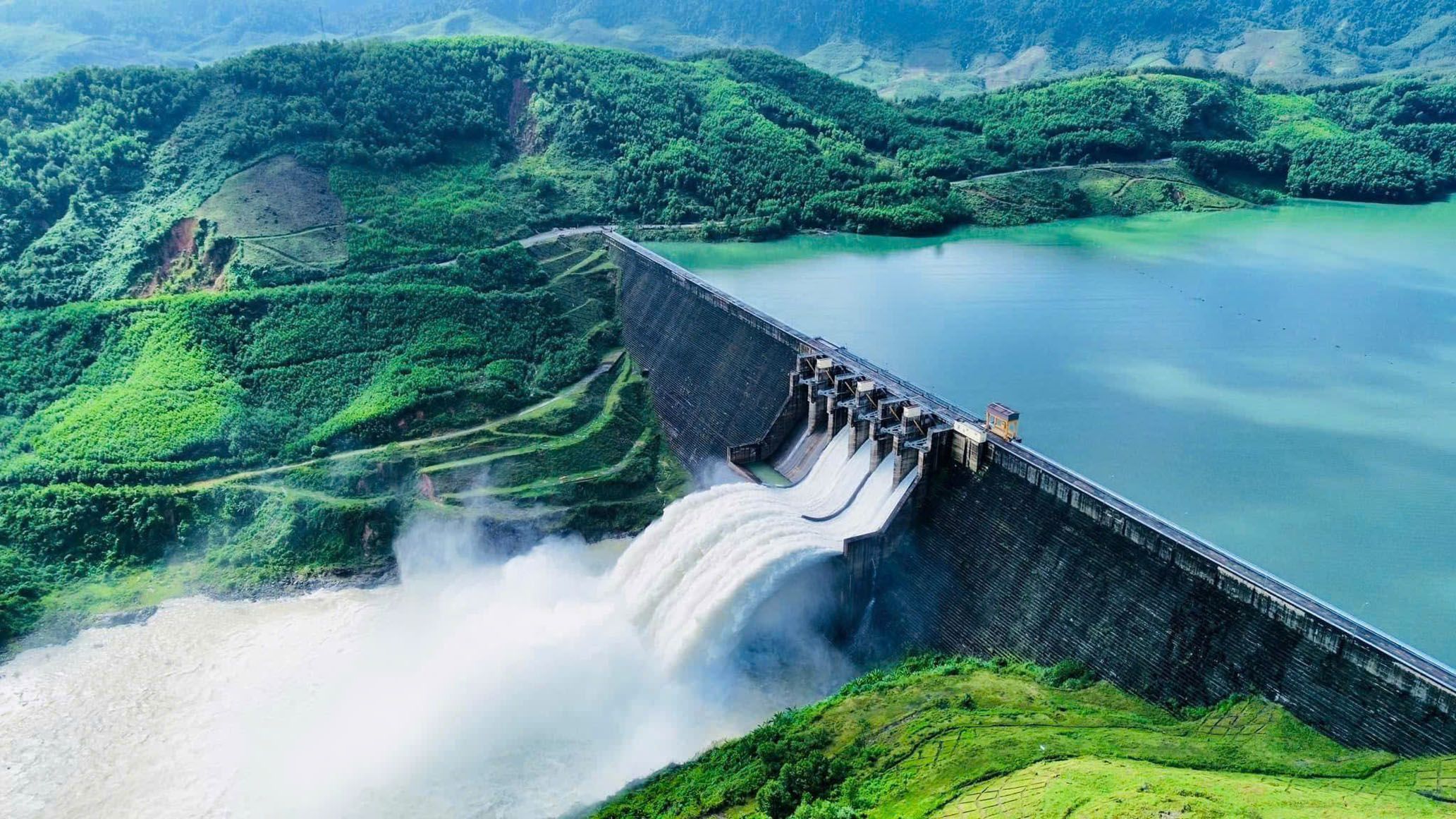

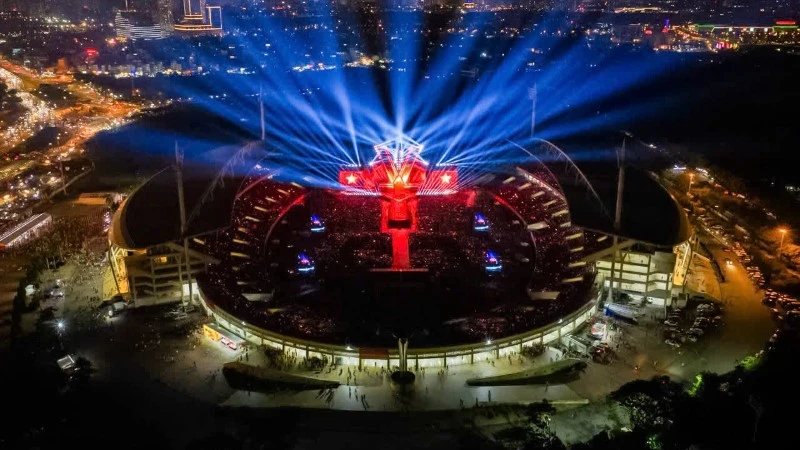

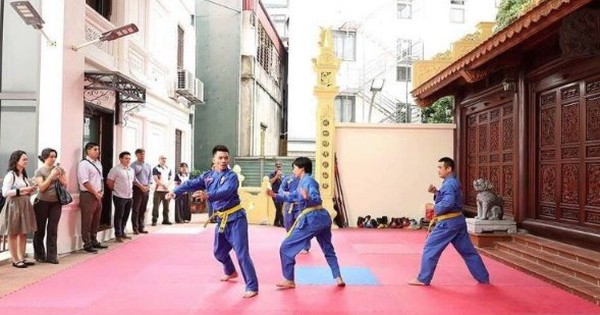




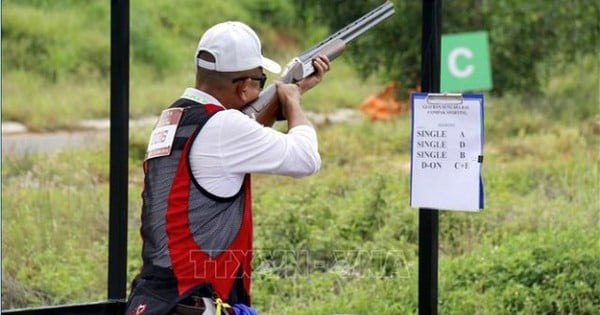











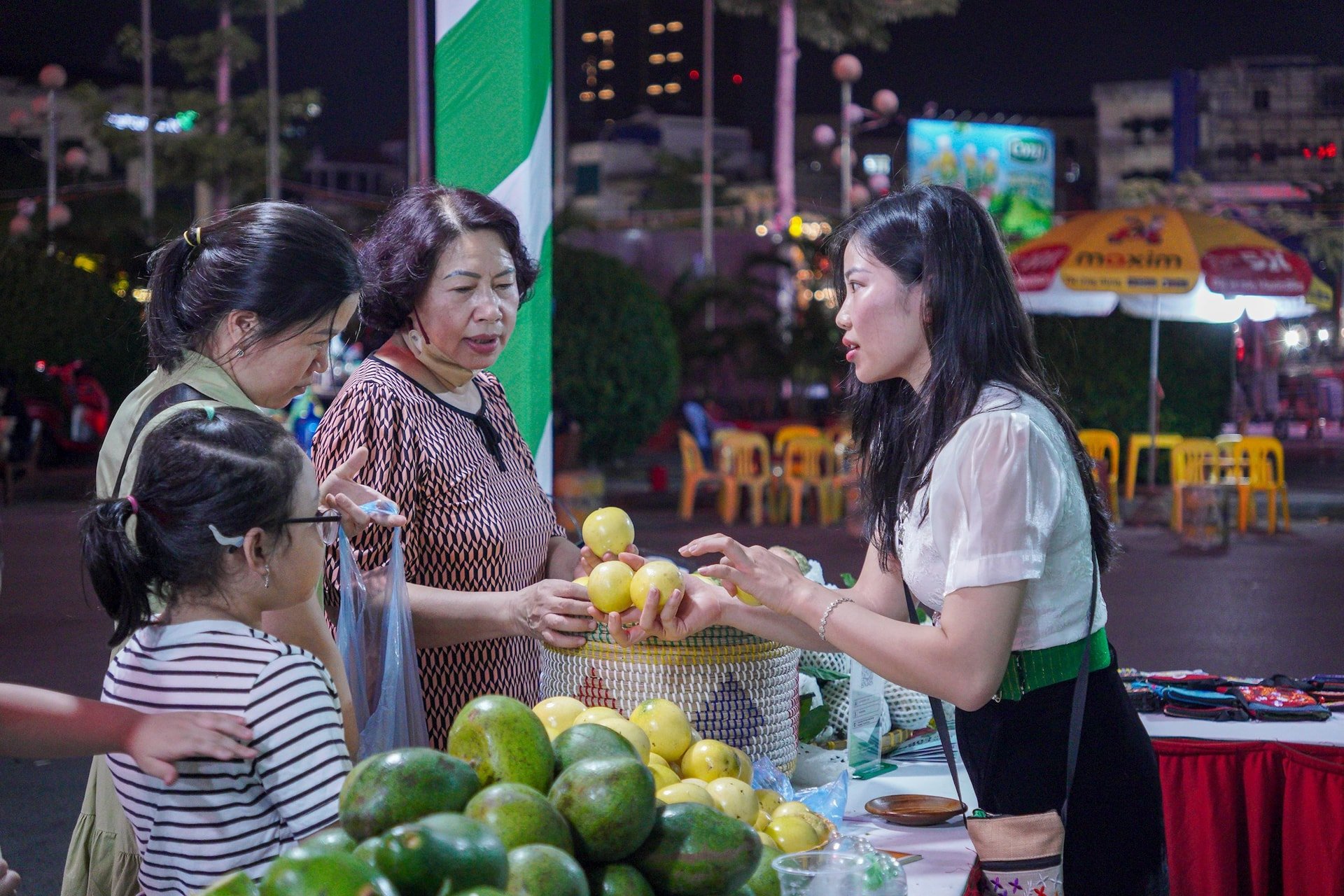



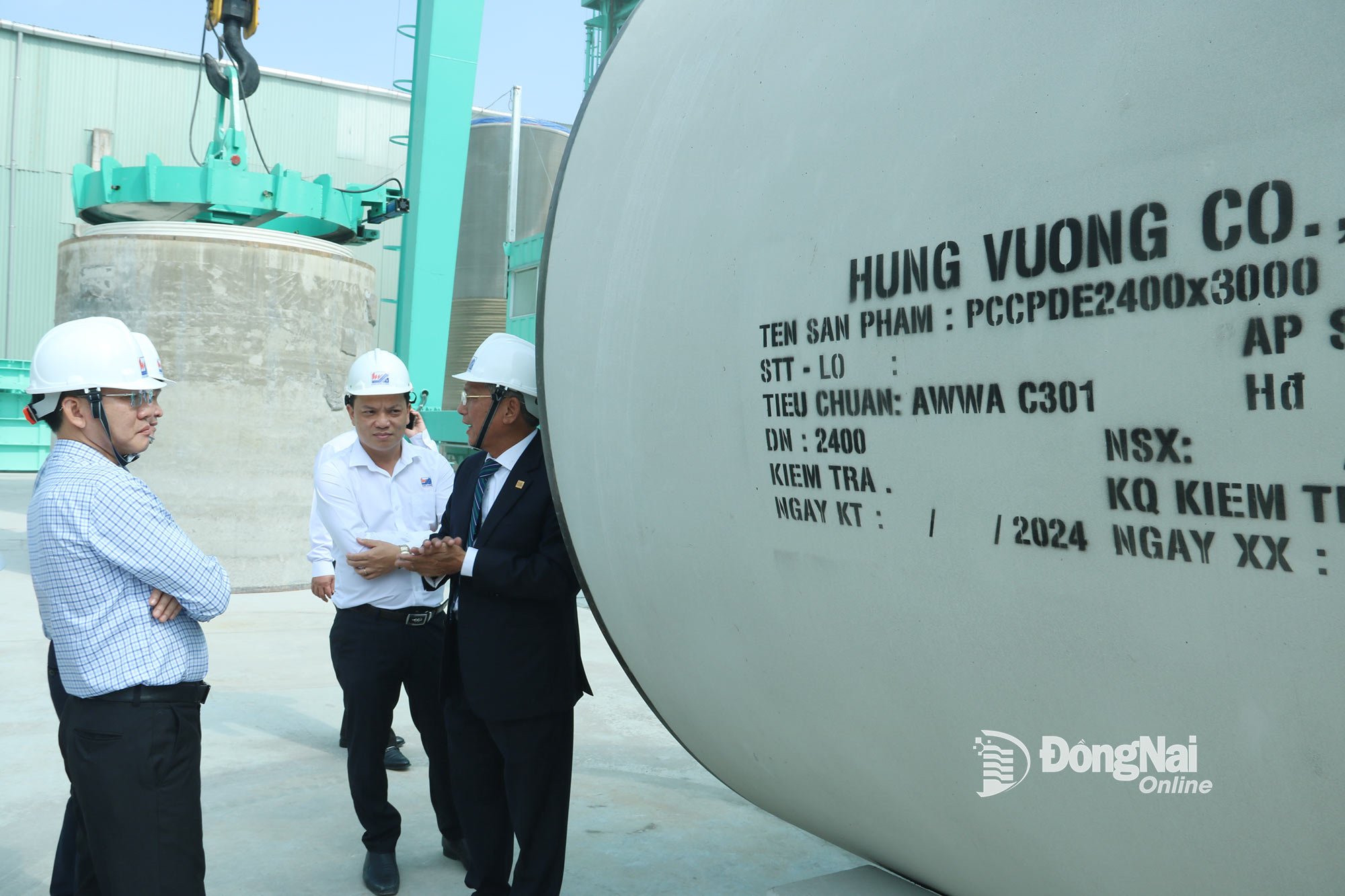






Comment (0)